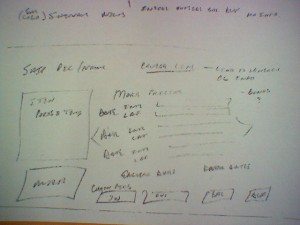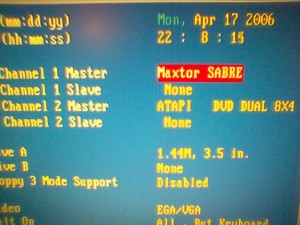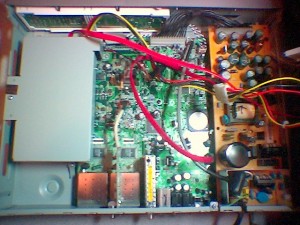I had heard a rumor that the Bell 9200 PVR used a Linux kernel. I haven’t been able to confirm that rumor. However, I have found confirmation that the Dish 942 is Linux based. I believe that the 942 and 9200 are basically the same hardware.
Dish has done the right thing and released portions of their source code because they’re using software that is licensed under the GPL. Their disclosure, although difficult to find, is here:
http://www.dishnetwork.com/content/products/receivers/dvr/SourceCode/
I’m going to give Bell a call and see if they will release the source code to me as mandated in the GPL. I’ll let you know how it goes!
Update 2006/05/25
I called Bell after posting this entry, and was passed on to Sharaz (LXY 6009835), a second level technician who seemed to understand the concept of the GPL. He was unable to locate any reference to it on the Bell site or in their Intranet. He assured me that he would look into it and call me back.
Two days later, I haven’t heard from Sharaz, so I called back. This time I got Mark (LJZ – he refused to provide his employee number. I’m not sure of Bell’s policy, but this is the first time that I have been refused this information from a Bell employee). Mark seemed to take an interest in my question. He sounded like a bit of a Linux nut himself. Hi appeared to be using an Instant Message client to talk to the development staff, but the response he got back was “What’s a GPL?”. Based on that answer, he decided that an email to the corporate side of things might be in order. He’s assured me that he will get back to me by Monday with a status report.
If I don’t hear back on Monday, I’m going to take the GNU project’s advice and advise the copyright holders of this apparent voilation.
I’ve found some interesting links discussing Dish and GPL violations in general:
Slashdot article about Dish releasing the code
Newsforge article about dealing with GPL violations
Harald Welte’s blog discussing GPL violations
ZDnet article about GPL violations
Harald Welte’s website dedicated to GPL violations









